The MERN and MEAN Stack Course in Chandigarh at Netmax Technologies offers aspiring developers the opportunity to learn full-stack development . Our course covers both MERN Stack (MongoDB, Express.js, React, Node.js) and MEAN Stack (MongoDB, Express.js, Angular, Node.js), providing you with the skills to build dynamic, scalable web applications.
6 Modules Series
Earn a Certification that demonstrates your expertise.
Beginner Level
No previous experience with coding is required
6 months
1.5 hours/day class
Flexible Schedule
Online/ Offline both modes of classes available.
Our industry-experienced mentors equip you with cutting-edge skills in MongoDB, Express.js, React.js, and Node.js – the pillars of the MERN stack.With our best MERN Stack course in Chandigarh, you’ll gain proficiency in full-stack web development, leveraging the power of JavaScript across the entire application stack.
Operators (arithmetic, logical, comparison, ternary
`Creating refs with useRef
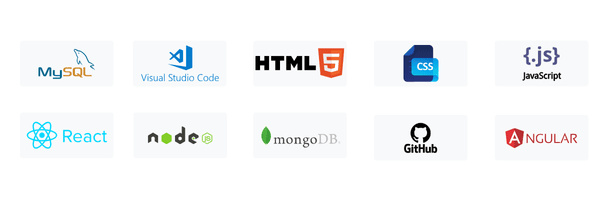


Learn MEAN & MERN from expert developers with real experience in full-stack projects.

Get certification support with coding tasks, project work and structured interview preparation.

Choose flexible MEAN & MERN batches designed for students and working developers.

Build full-stack apps using MongoDB, Express, Angular, React, and Node.js in real projects.

Learn modern MEAN & MERN concepts like REST APIs, routing, state, and component design.

Start MEAN & MERN training with practical developer modules at affordable pricing.

Join live sessions to understand full-stack workflows, debugging, and deployment steps.

Use AI tools to speed up coding, fix errors, and understand full-stack logic easily.
Bachelor’s degree with consistent good academic
Minimum 6 Months of IT/Non-IT work experience
Early to mid-career professionals interested in data science
Developing skills in data science for future opportunities
Call us on: +91 8699644644 and take your 2 days free Demo classes
EXCELLENTTrustindex verifies that the original source of the review is Google. I just finished my MERN Stack Web Development course at Netmax Technologies, and I’m really thankful to all the teachers for their amazing support and guidance. They explained everything so clearly and made learning fun with practical examples and projects. This course has really boosted my confidence in web development. I’d definitely recommend Netmax to anyone who wants to learn coding the right way!Trustindex verifies that the original source of the review is Google. Best institute and friendly staff will help you to learn PLC programm which will help you to grow your careerTrustindex verifies that the original source of the review is Google. Institute has good environment and faculty . It has good infrastructure as compared to other institutions for data science in sector 34.Faculty here is helpful to guide students for their future growth.Trustindex verifies that the original source of the review is Google. Nice experience learning data analysisTrustindex verifies that the original source of the review is Google. Good place must comeTrustindex verifies that the original source of the review is Google. The institute provides a well-structured and practical approach to data science. The trainers explain complex topics in a simple way, with hands-on projects that build real skills.Trustindex verifies that the original source of the review is Google. I successfully completed my Cybersecurity training at Netmax Technologies. The training was highly practical, well-structured, and focused on real-world applications. The trainers were knowledgeable and supportive, making complex topics easy to understand. This course has greatly enhanced my skills and given me a strong foundation for my career in cybersecurity. I would highly recommend Netmax Technologies to anyone looking to build expertise in this field
Netmax Industry-oriented Certificate validates the practical skills you have gained during training
Add your Netmax Certificate to your resume and Linkedin profile to stay ahead of the competition
Share your Certification with employers to highlight your capabilities & Job ready Proficiency
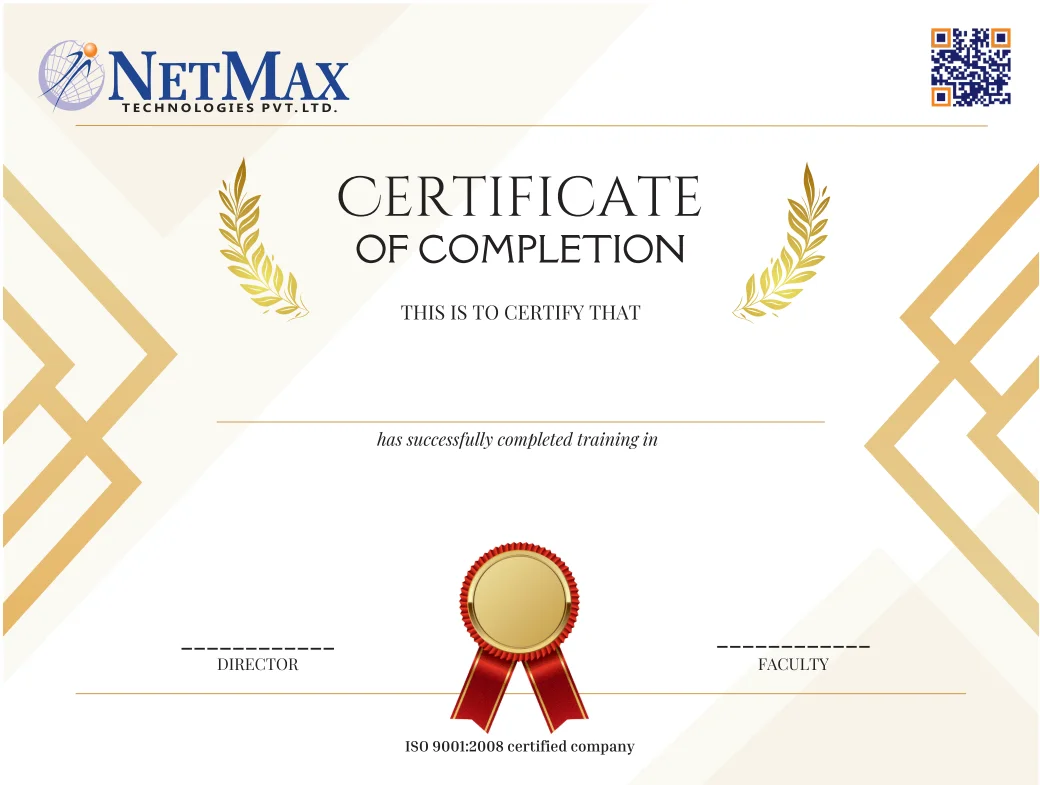
We at Netmax Technology provide Job Assistance and most of the students have secure their job in various companies. We have tieups with many companies in Tricity. Some of them have been shown here:
The MERN Stack consists of MongoDB, Express.js, React, and Node.js, while the MEAN Stack includes Angular instead of React. Both stacks are widely used for building fast, efficient, and scalable web applications. By enrolling in our MERN and MEAN Stack Course in Chandigarh, you’ll learn how to use these technologies to create dynamic applications from scratch.
Express.js
React.js
Node.js
By mastering both stacks in our MERN and MEAN Stack Course in Chandigarh, you’ll gain a competitive edge in the job market. Full-stack developers are in high demand, and learning both React and Angular increases your versatility as a developer.
After completing the MERN and MEAN Stack Course in Chandigarh, you can pursue roles such as Full Stack Developer, Front-End Developer, Back-End Developer, and more. Companies are looking for professionals skilled in MERN and MEAN Stack to develop dynamic web applications.
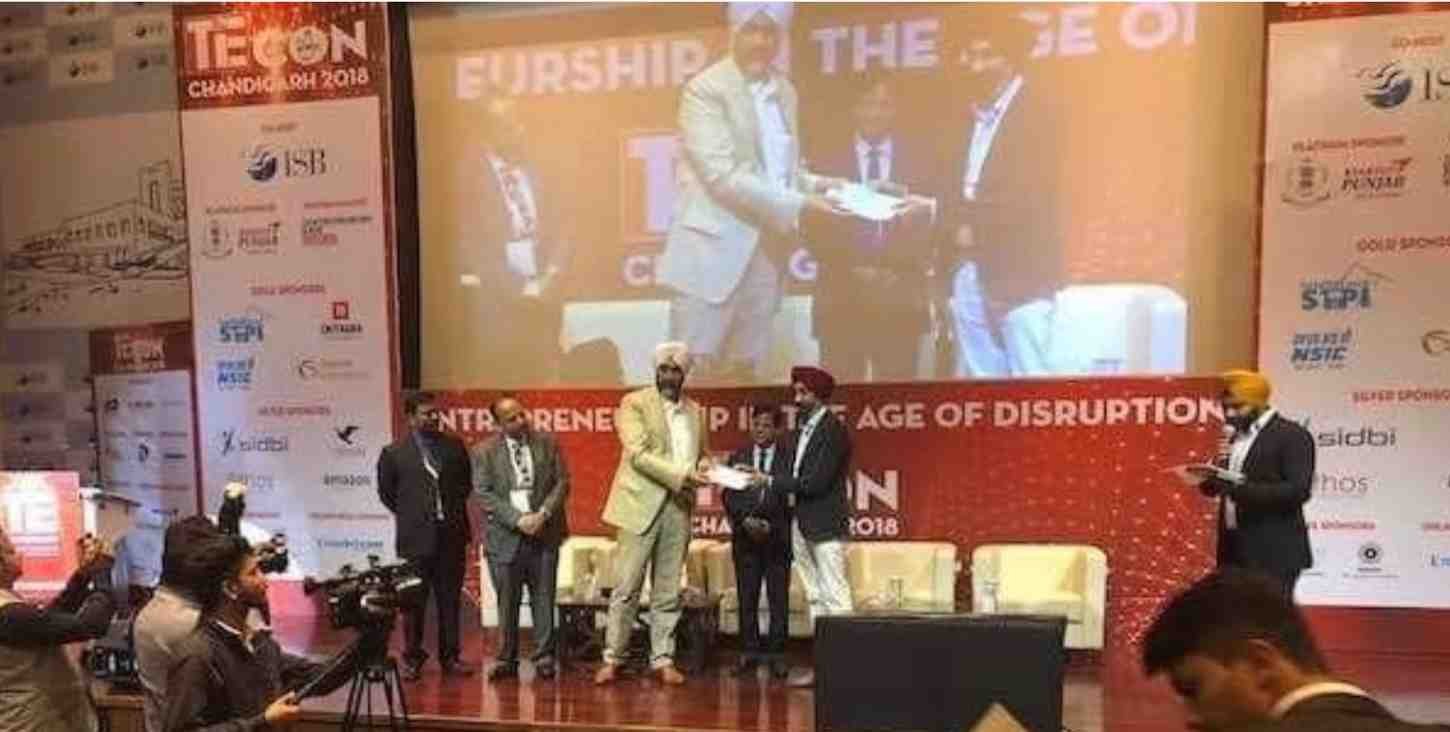
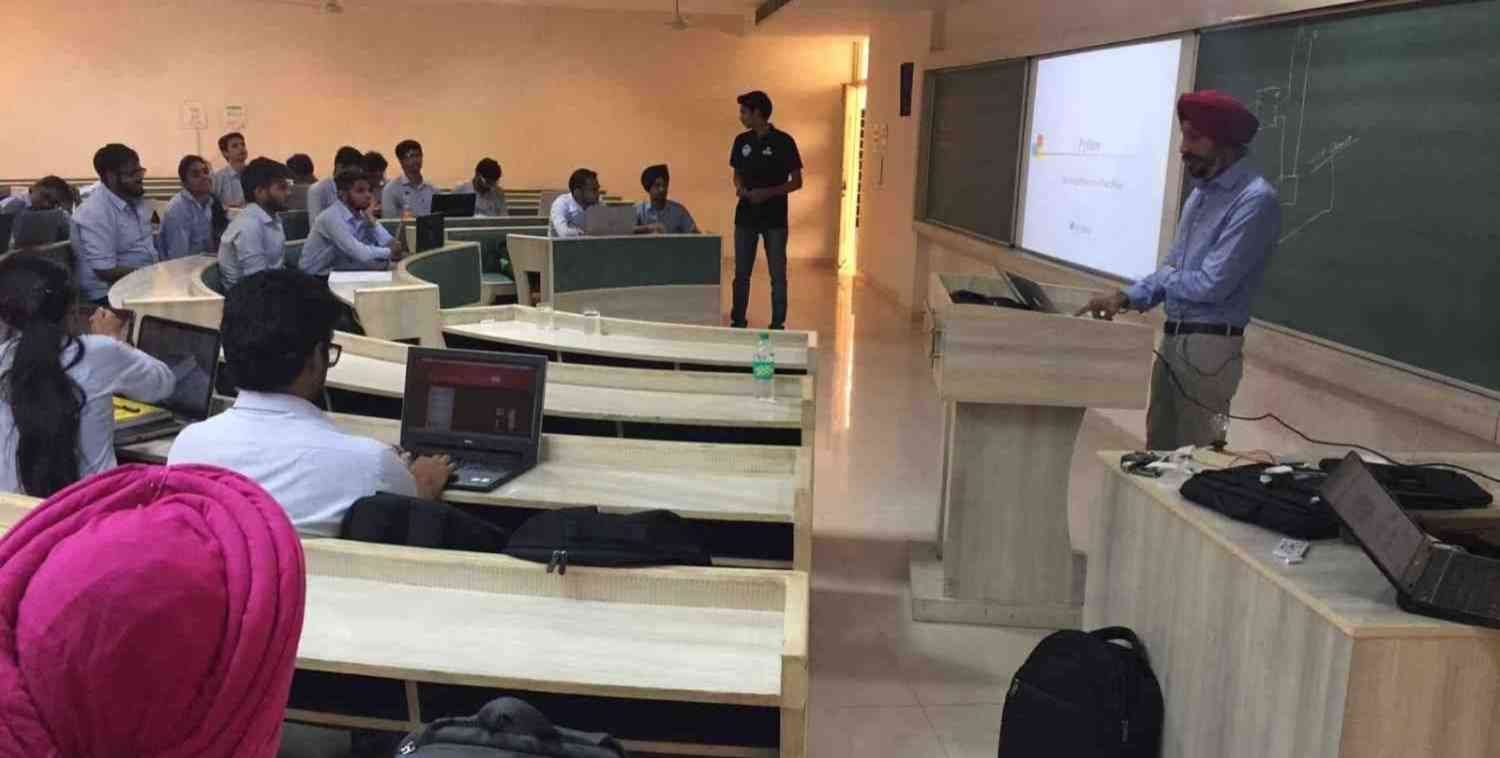
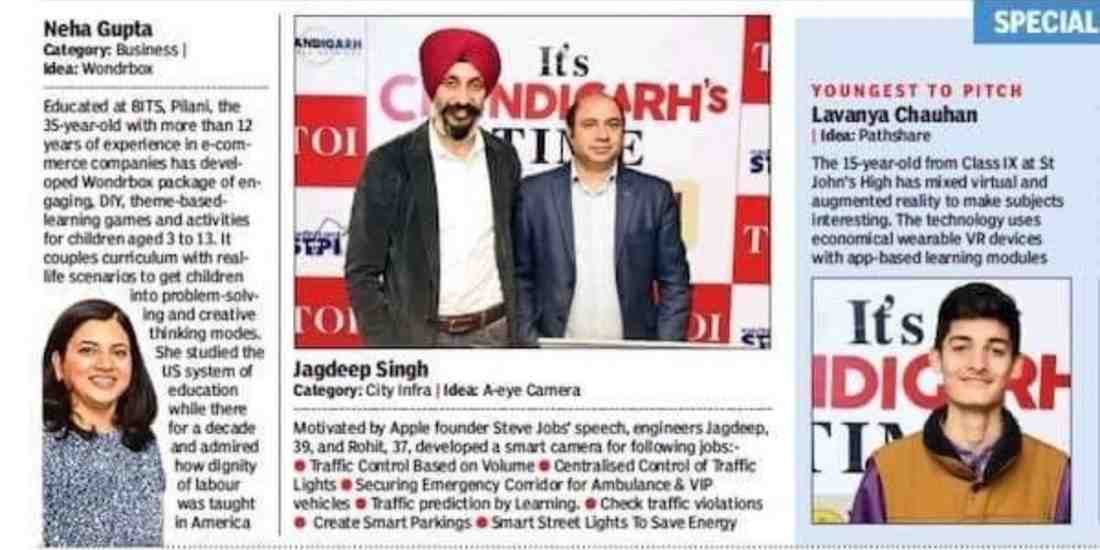
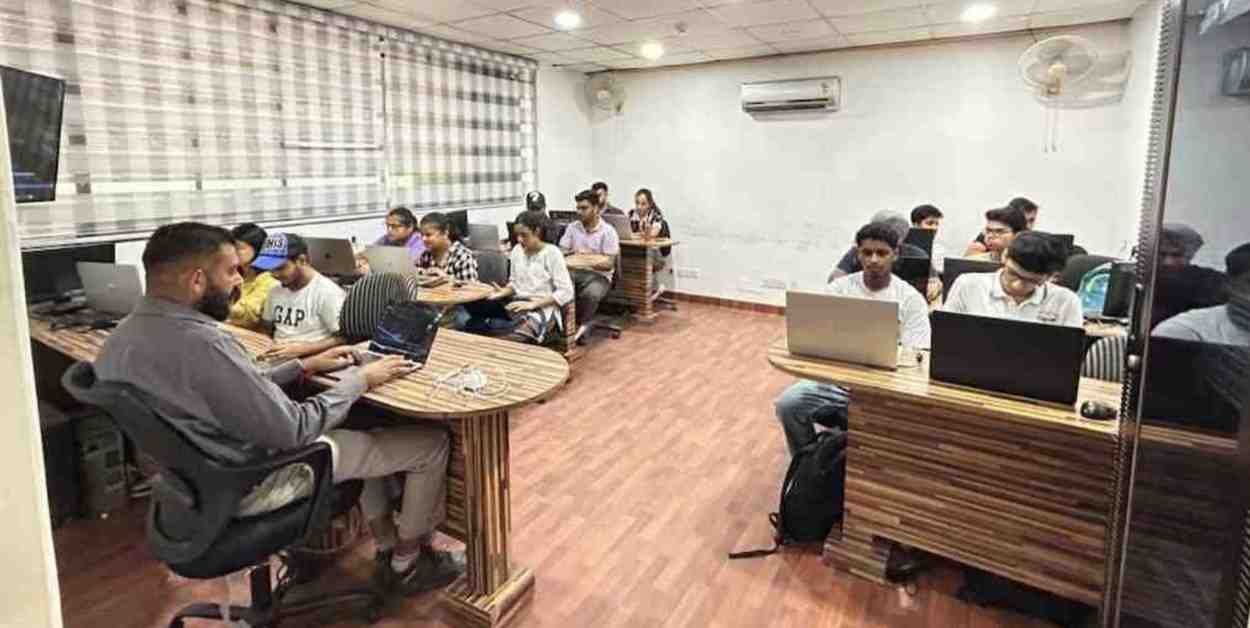

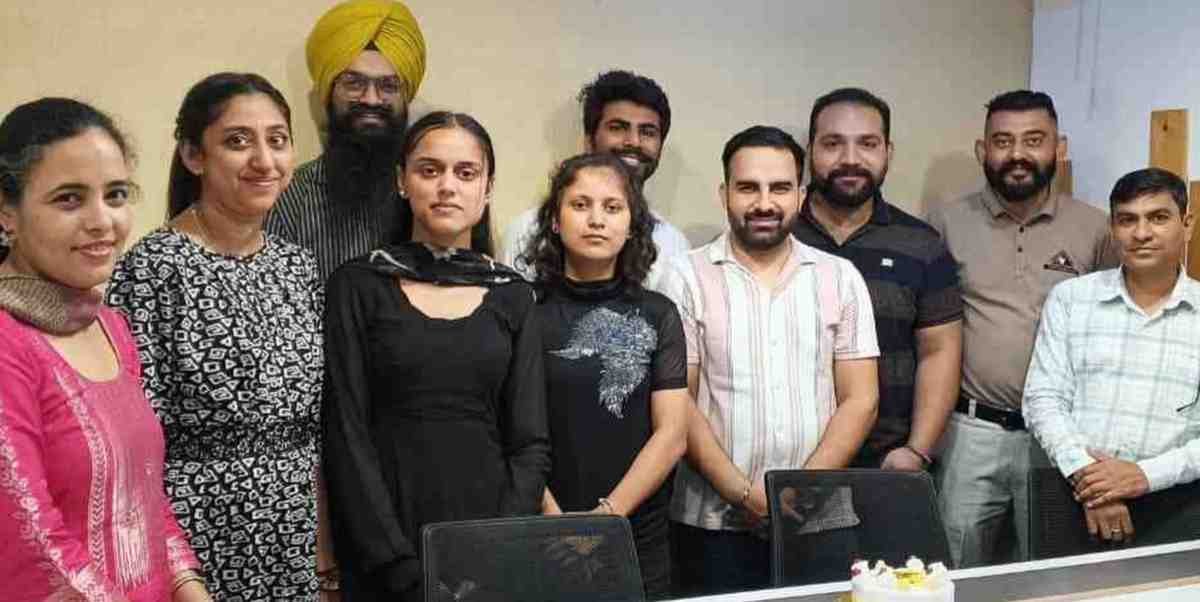
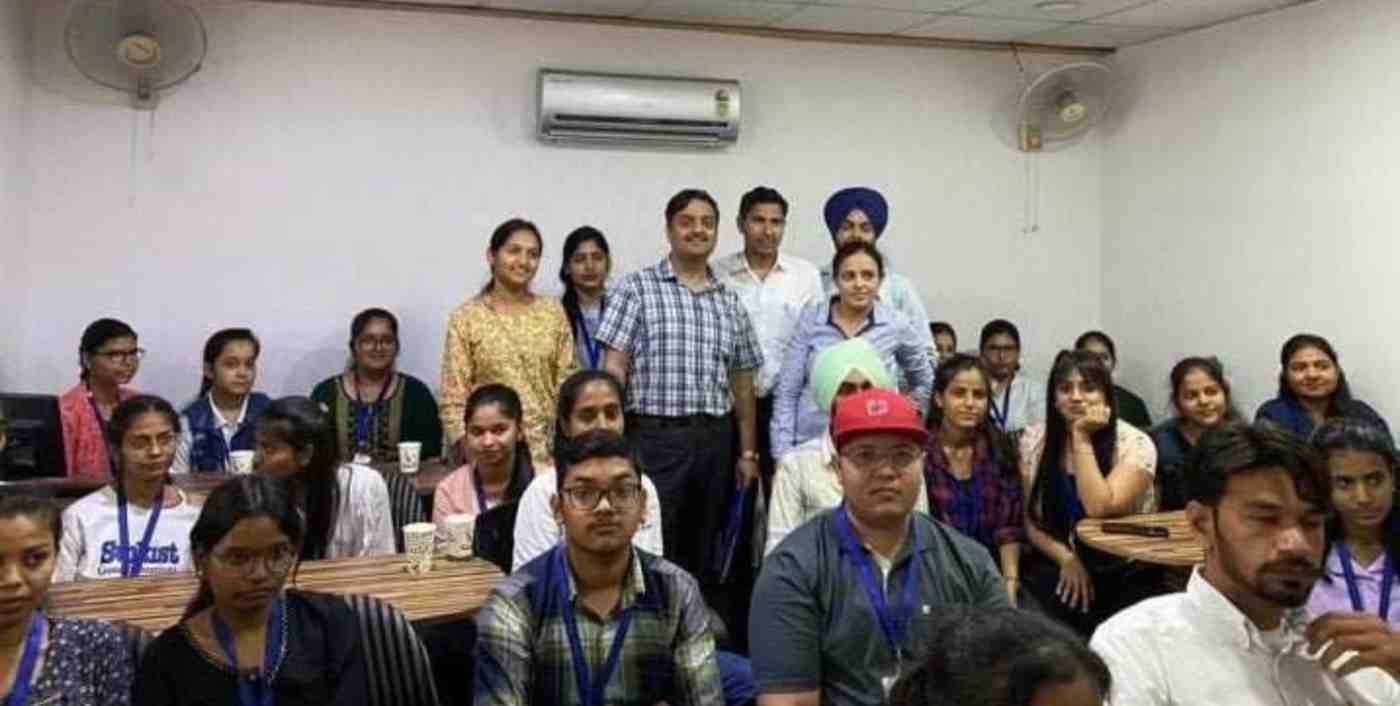
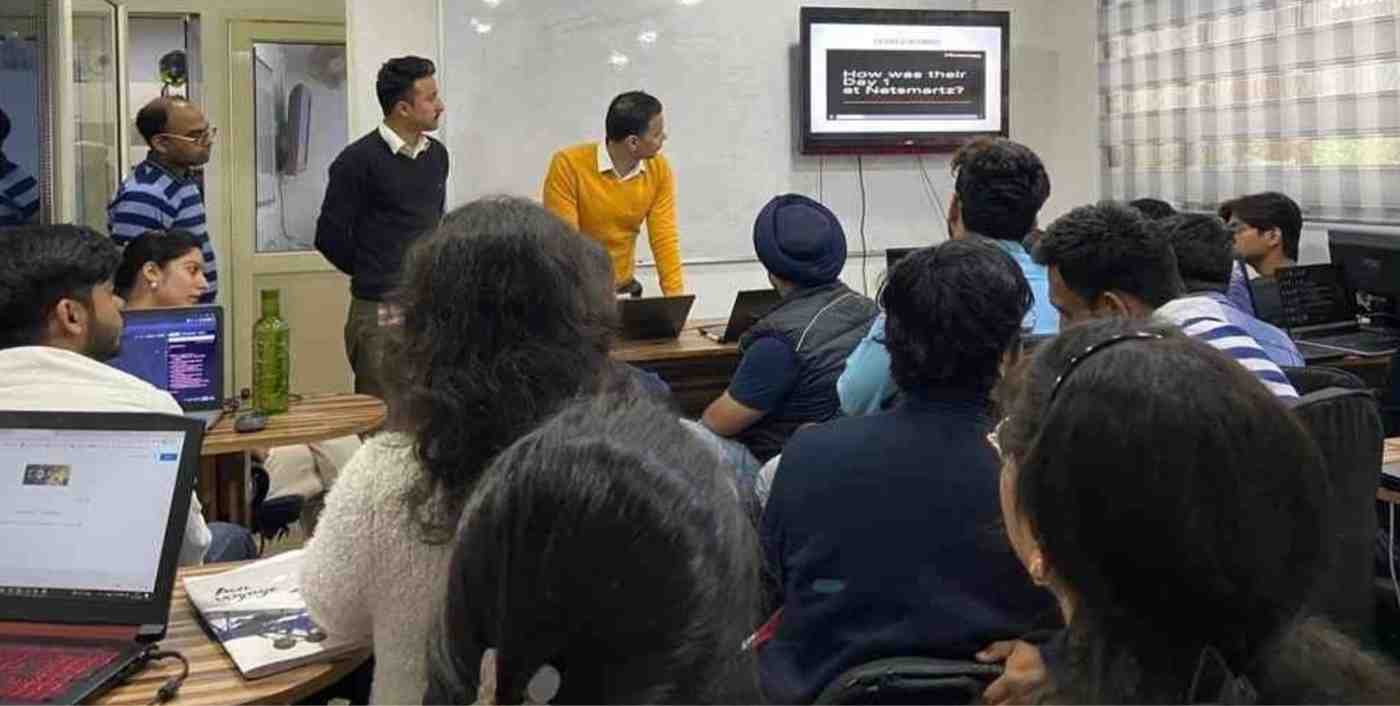
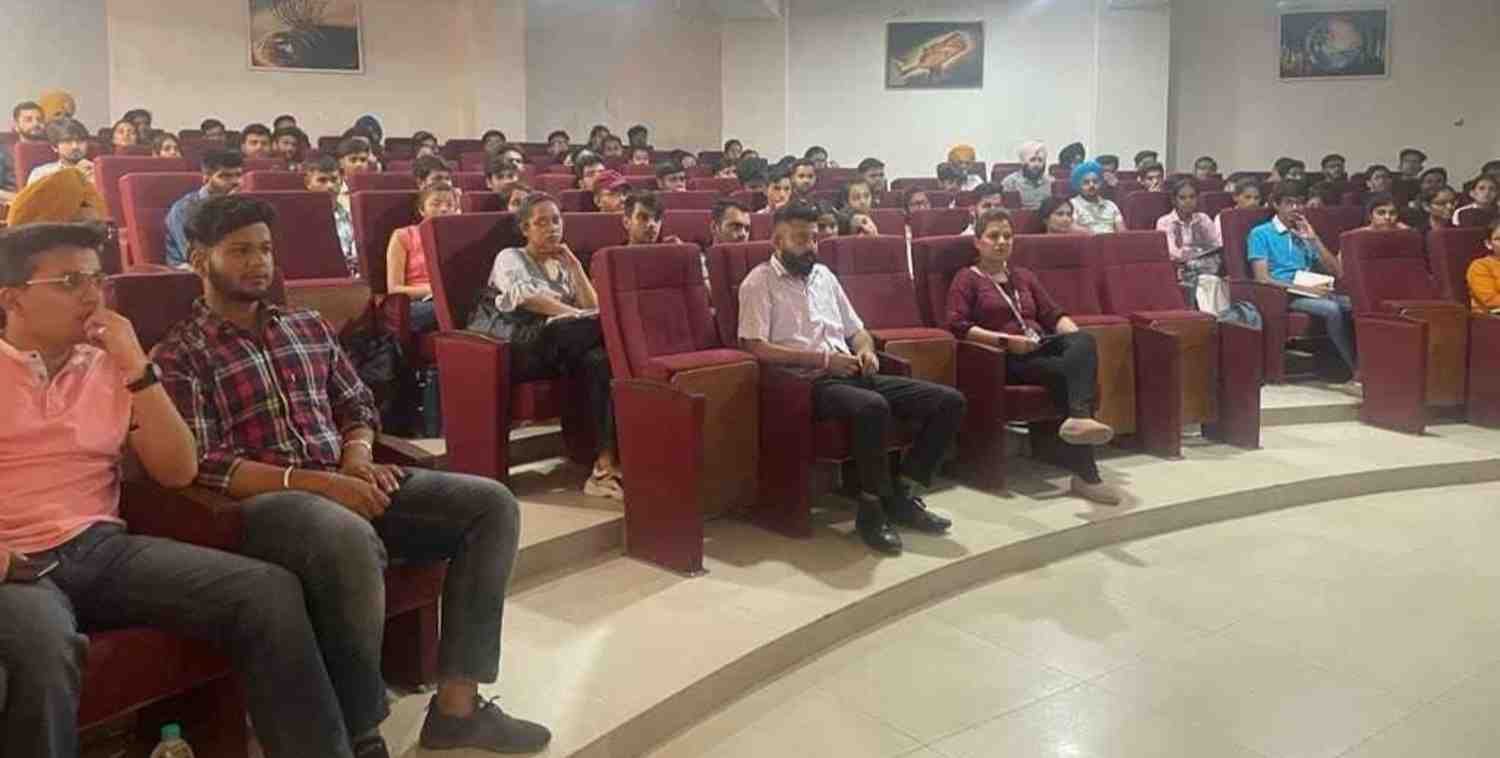


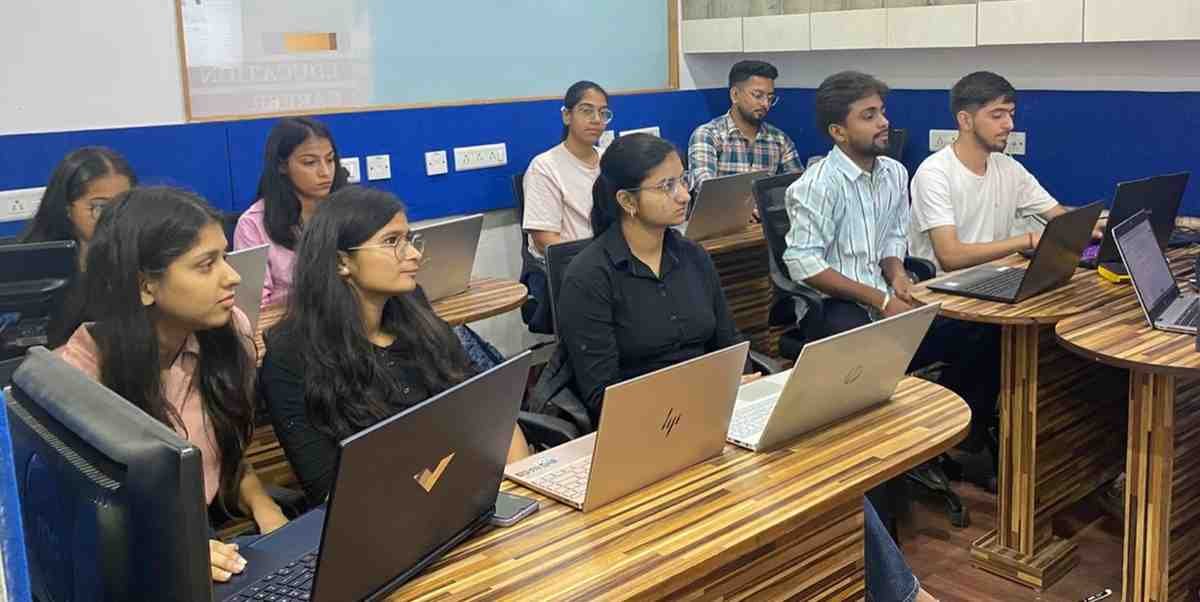
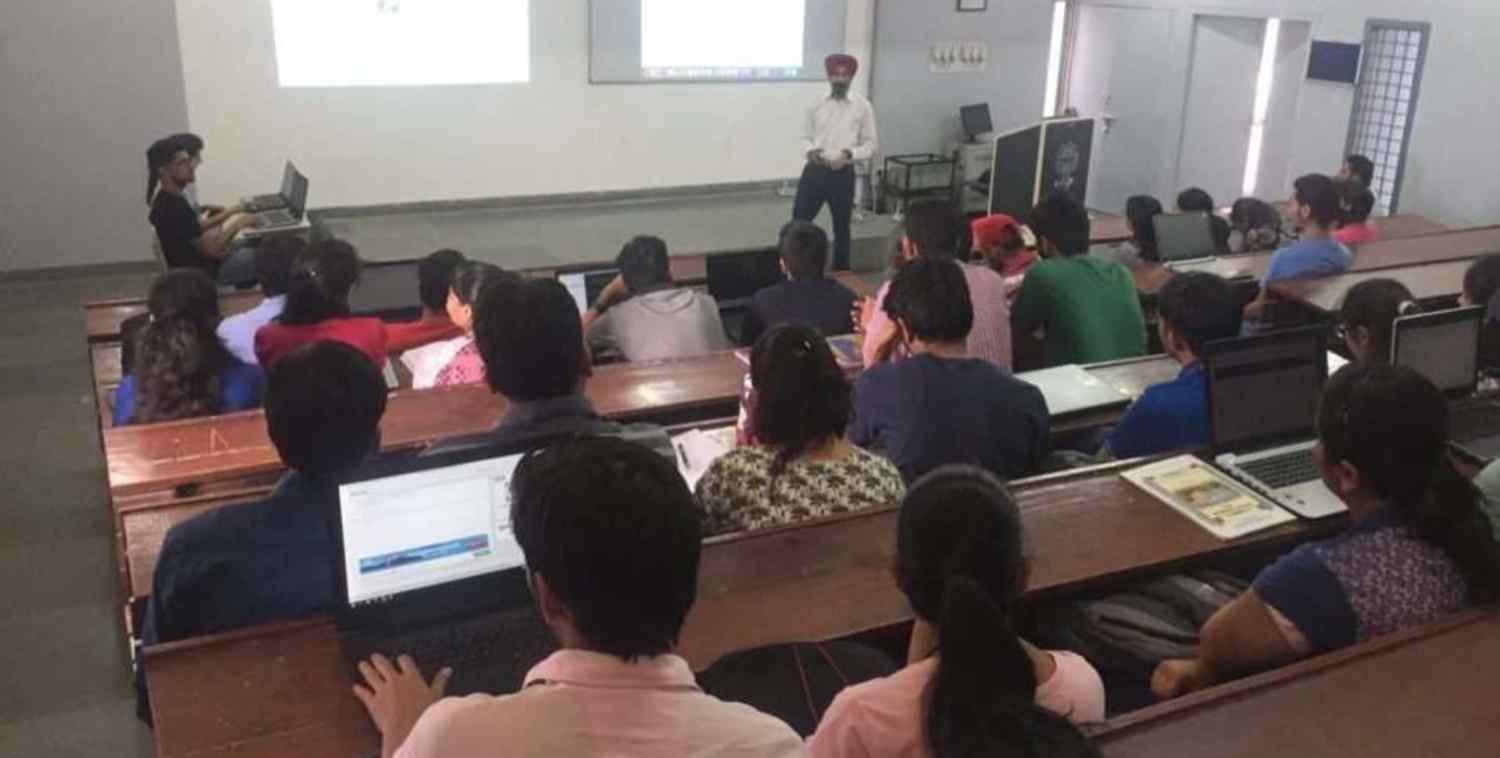
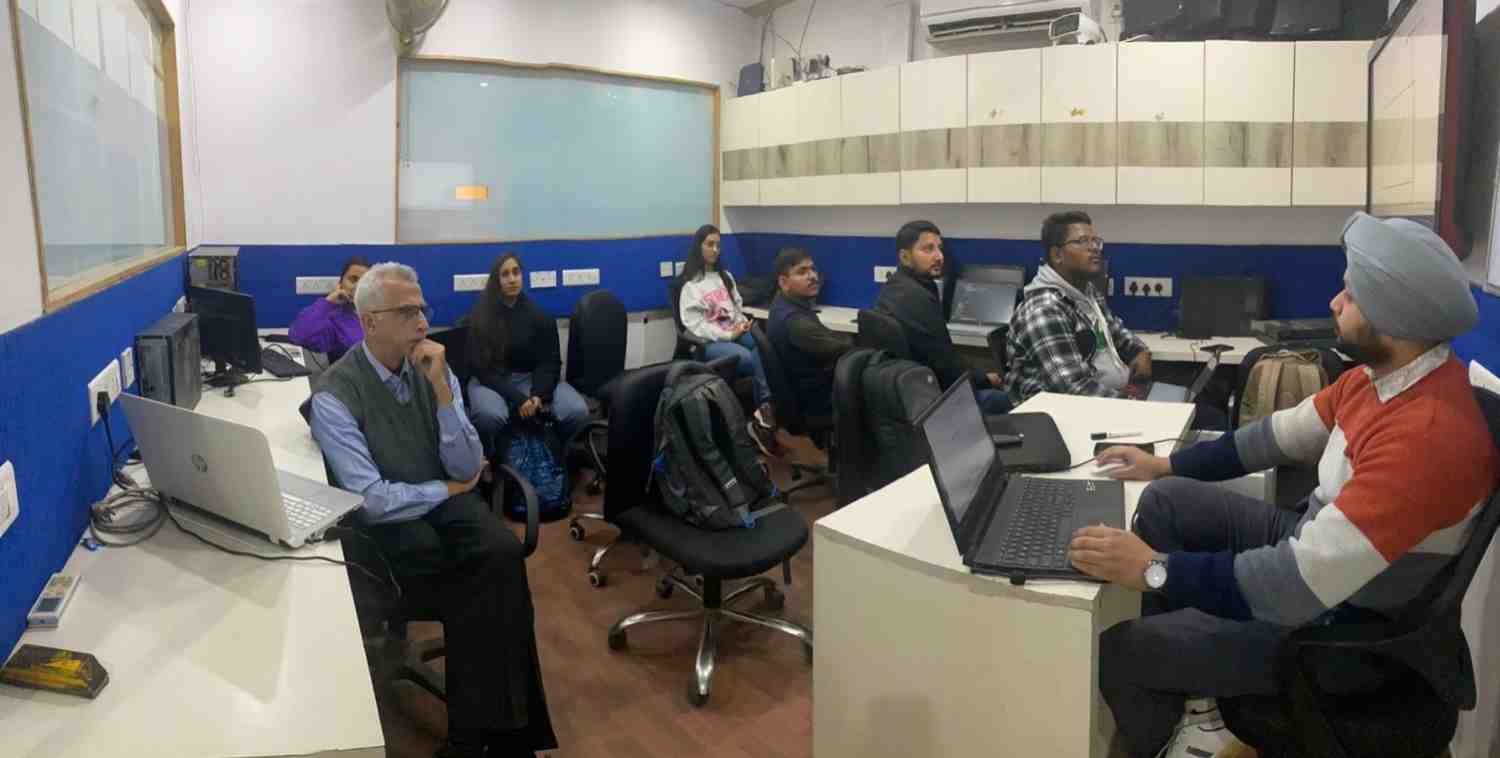



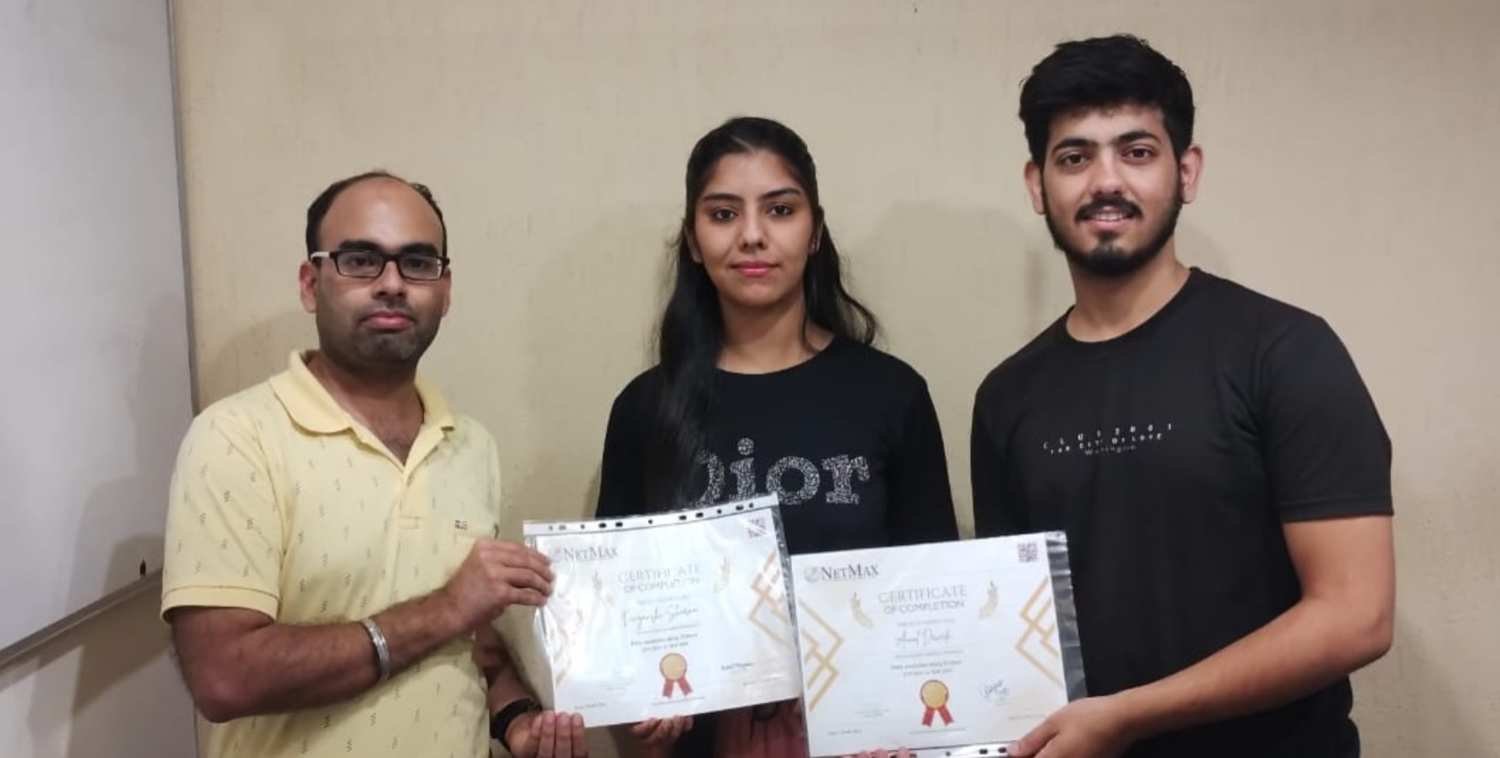
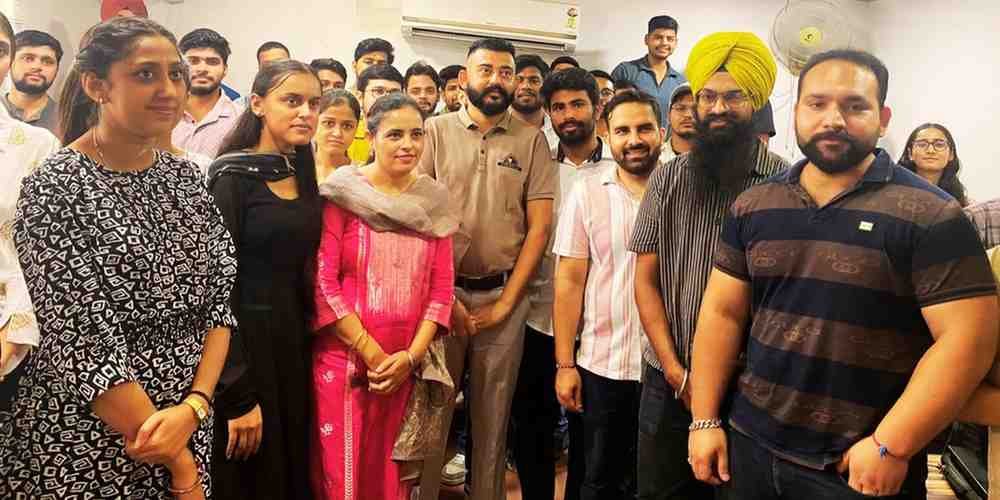
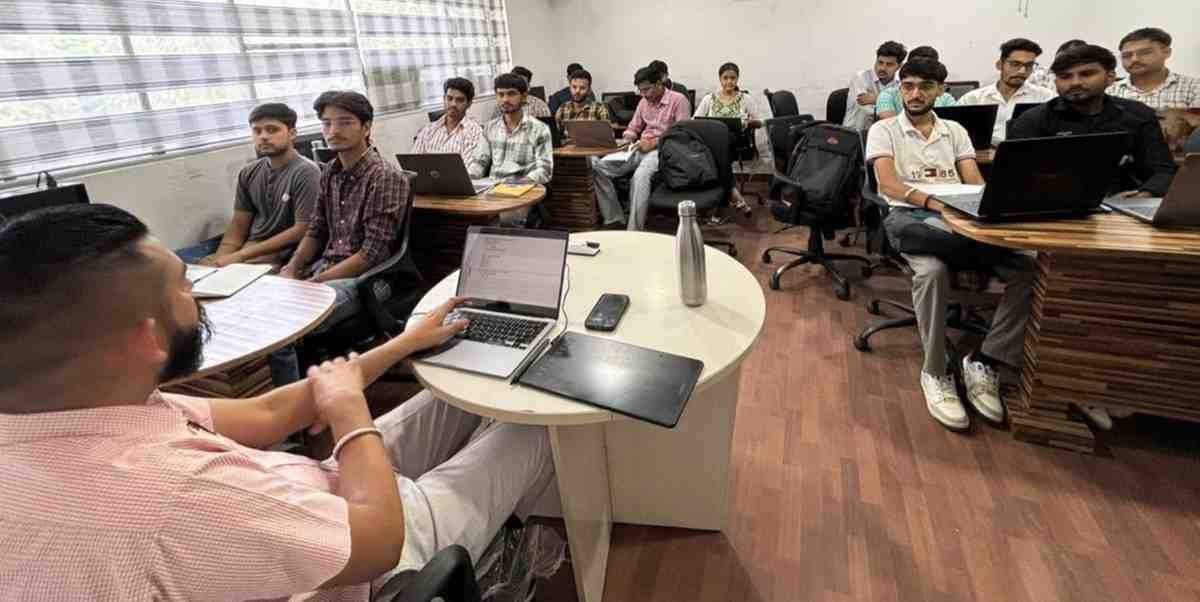
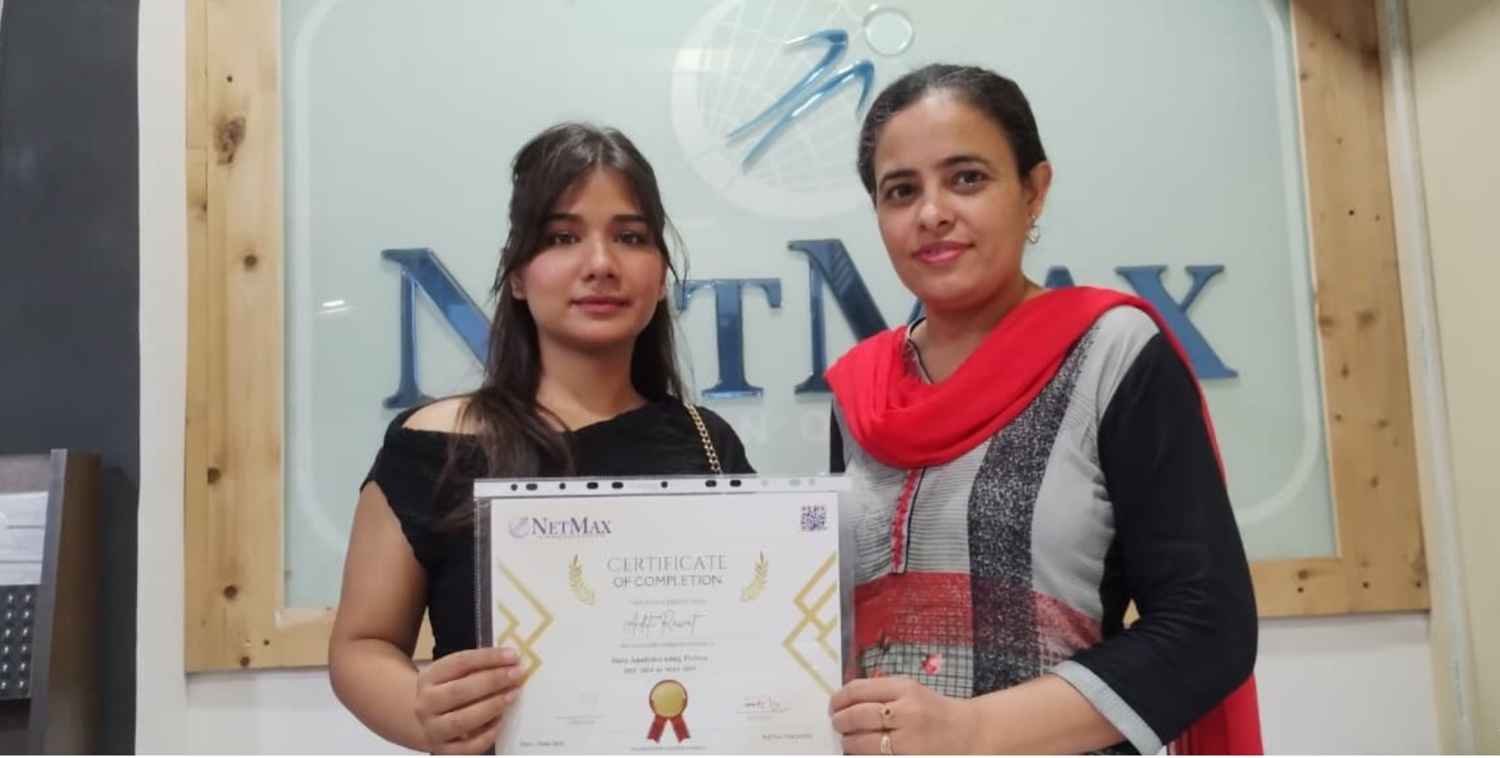
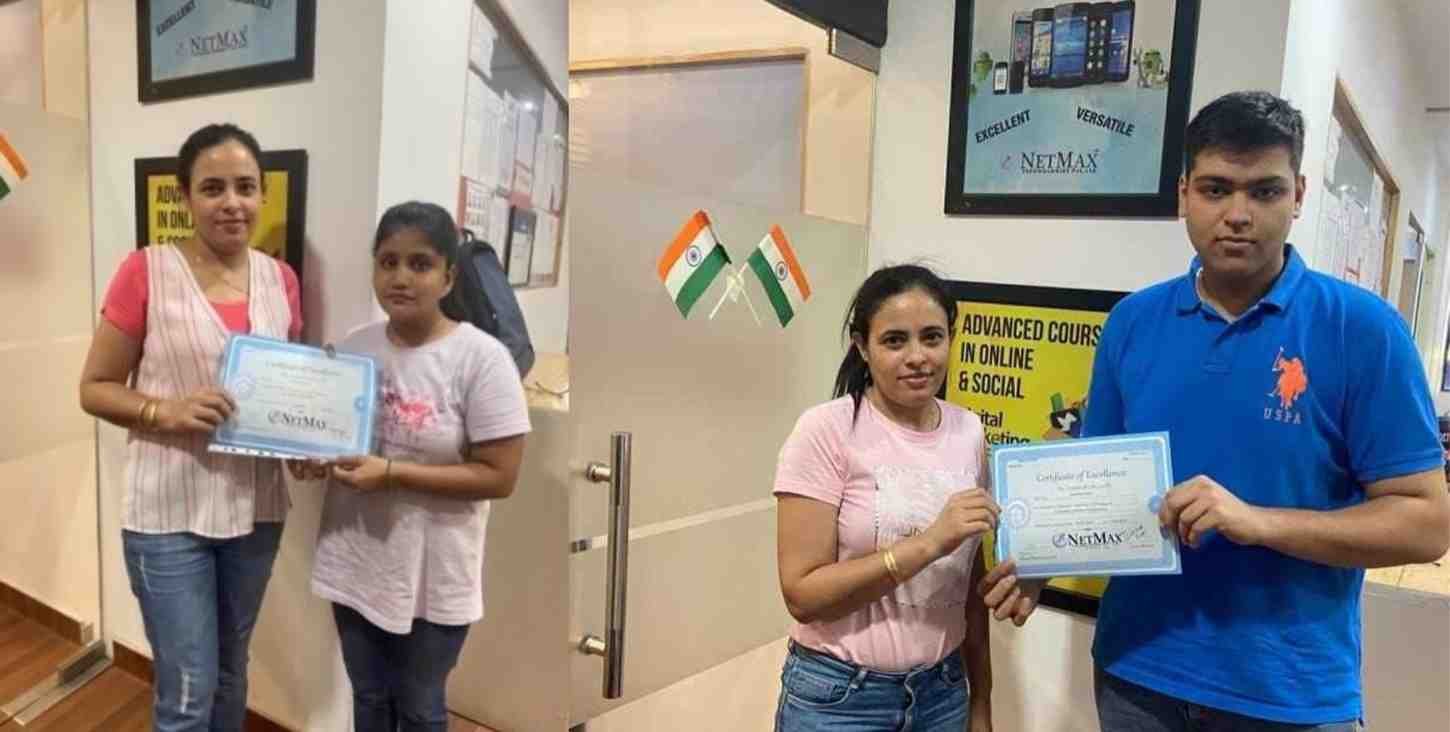
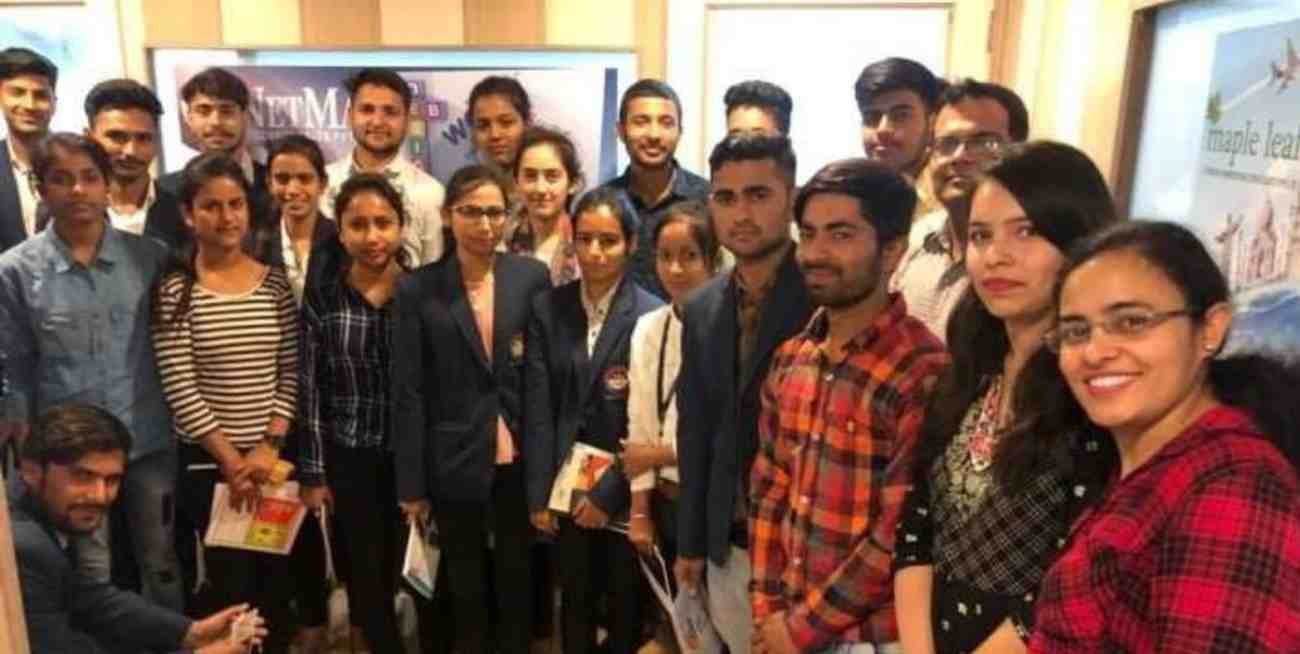
The course is available for the duration of both 45 days and 3 months including 1.5 hours of classroom training and 1.5 hours of practical assignments.
For this course, there are no particular requirements. However, having a basic understanding of computer and the internet is helpful.
We provide classes both in-person and online. The format that best meets your needs can be selected.
The course covers a wide range of topics, details of which can be found on our website.
Yes, you will receive a certification from our institute after completing the course successfully.
You will gain practical expertise with a range of website strategies and tools through the completion of case studies, real-world projects, and assignments.
Our professors are professionals in the field with years of experience. They bring practical knowledge and real-world insights to the classroom.
You will be able to communicate with teachers and other students in one-on-one mentorship sessions.
Yes, we provide career support by helping in resume building, interview preparation, and job placement assistance.
By going to our website and completing the online registration form, you can register. As an alternative, you can come to our institute to finish the registration procedure.
Completing an application, attending a brief interview, and paying the course price are all part of the admissions process.
Yes, we occasionally give out a variety of discounts. To learn more, please get in touch with our admissions office.
With Mern and Mean Training in Chandigarh, you’ll open doors to career opportunities in data analysis, business intelligence, and AI development across industries such as finance, healthcare, and technology.
Yes, we offer job placement assistance through our network of industry partners.